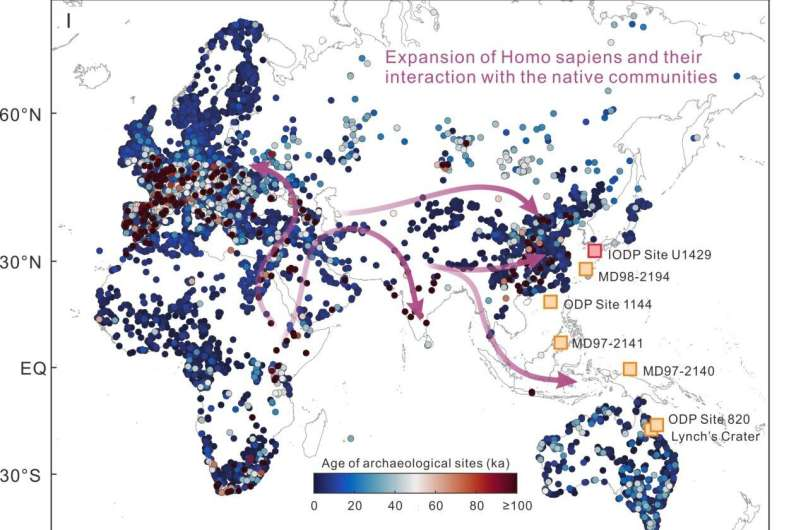The fourth dynasty of Egypt's Old Kingdom is well-known for its pyramid building, with pharaohs such as Sneferu, Khufu, and Menkaure constructing monumental structures. However, the final king of the dynasty, Shepseskaf, broke this tradition by building a great mastaba in South Saqqara instead of a pyramid. The structure, known as Khebka Shepseskaf or Mbat al-Fara'un, features inclined sides, a curved top, and two projections on the northern and southern edges. Its shape is reminiscent of the Old Kingdom granite sarcophagi and ancient religious shrines of Northern Egypt. The evidence for the musta belonging to Shepseskaf is indirect, but includes fragments of a doite statue similar in style to those of Khafre and Menkaure, a royal cartouche with only two possible kings (Shepseskaf and his successor, Userkaf), and the use of the sarcophagus hieroglyph in the monument's name.
The musta is located midway between Djoser's step pyramid and Sneferu's red and bent pyramids, in a once-pristine area of land. The reason for choosing this location over Giza and why Shepseskaf didn't build a pyramid are unknown. It's possible that Shepseskaf faced political or economic challenges that prevented him from building a pyramid, or that he was simply making a statement by breaking with tradition. The musta remains a fascinating and mysterious structure, offering insights into the beliefs and practices of ancient Egypt.







